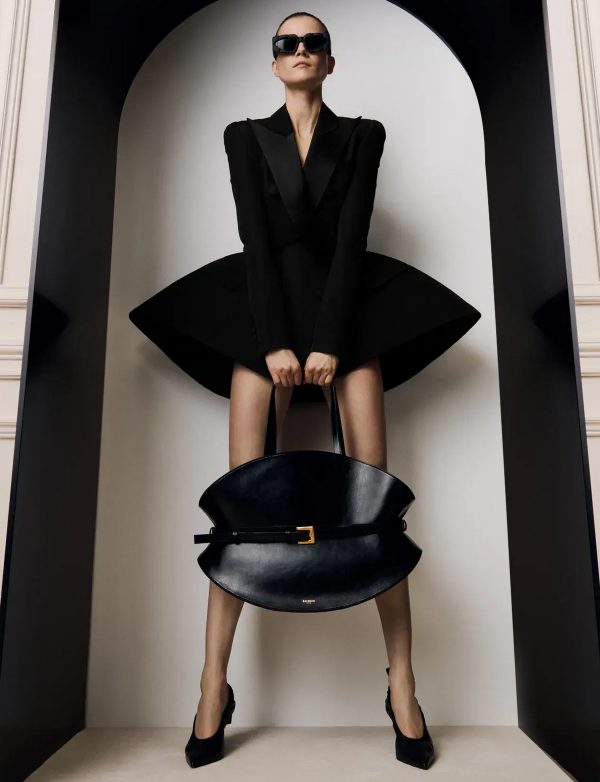Paris Fashion Week has long been a bellwether for trends that transcend the runway, influencing various creative industries, including interior design. The Fall 2025 collections from fashion houses like Balmain and Louis Vuitton are no exception, offering a rich tapestry of inspiration for interior aesthetics. Renowned interior designer Nina Magon, known for her luxurious and forward-thinking designs, provides valuable insights into how these fashion trends can be translated into interior spaces.
Color Palette: Embracing Moody Earth Tones
The Fall 2025 fashion collections are marked by a shift towards deep, moody earth tones. Colors such as chocolate, burgundy, indigo, and deep green are set to replace the previously dominant whites and grays. Nina Magon suggests that incorporating these rich hues into interior spaces can create a sense of warmth and sophistication. For instance, a living room adorned in deep green walls paired with burgundy accents can evoke a cozy yet elegant atmosphere. These colors not only add depth but also serve as a versatile backdrop for various styles and textures.
Textures and Materials: Velvet and Natural Formations
Texture plays a pivotal role in both fashion and interior design. The resurgence of velvet in fashion is mirrored in interior trends, with velvet textures replacing previous favorites like boucle. Nina Magon emphasizes that velvet upholstery or drapery can introduce a touch of luxury and comfort to a space. Additionally, the use of natural materials such as stone, jute, and coconut shells connects interiors with nature, a trend gaining momentum in 2025. Incorporating these materials can add organic textures that balance the opulence of velvet, creating a harmonious and inviting environment.
Patterns and Decorative Elements: From Runway to Rooms
Fashion’s embrace of bold patterns and decorative elements is influencing interior design choices. The introduction of colorful patterns, including painted murals and statement wallpapers, allows homeowners to create distinctive and personalized spaces. Nina Magon advises that selecting patterns inspired by runway designs can infuse a room with contemporary flair. For example, a wallpaper featuring intricate designs reminiscent of Balmain’s detailed fabrics can serve as a focal point in a dining area, adding visual interest and a touch of haute couture to the home.
Architectural Features: Arches and Curves
The trend towards curvilinear forms in fashion is also making its way into interior architecture. Arched doorways, rounded furniture, and curving decor elements are becoming increasingly popular. Nina Magon notes that these shapes soften the lines of a space, creating a more inviting and fluid environment. Incorporating curved sofas or arched mirrors can break the monotony of straight lines, adding a dynamic yet harmonious feel to interiors.
Lighting: Sculptural and Ornate Fixtures
Lighting is a critical component that bridges fashion and interior design. The trend of using decorative light fixtures, such as Murano-glass pendants and chandeliers, adds a sculptural and ornate quality to interiors. Nina Magon suggests that selecting lighting pieces with intricate designs can serve as both functional elements and artistic statements, much like accessories in fashion. These fixtures not only illuminate a space but also contribute to its overall aesthetic, reflecting the opulence seen on the runways.
Conclusion
The interplay between fashion and interior design is more pronounced than ever in 2025. The Fall collections from esteemed fashion houses provide a rich source of inspiration for interior aesthetics. By embracing moody earth tones, luxurious textures like velvet, bold patterns, curvilinear forms, and sculptural lighting, homeowners can create spaces that are both contemporary and timeless. Nina Magon’s insights underscore the importance of translating fashion trends thoughtfully into interiors, ensuring that spaces are not only stylish but also reflective of individual personality and comfort.
